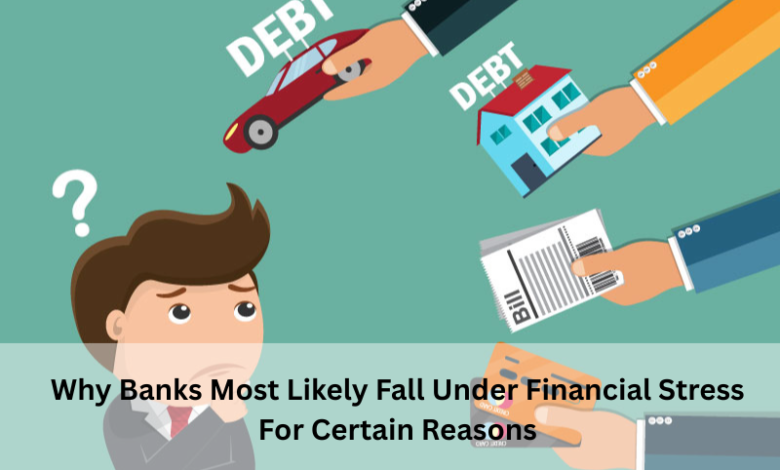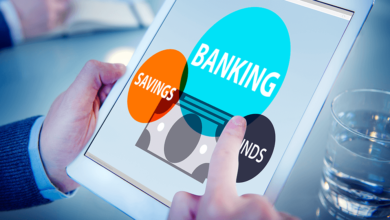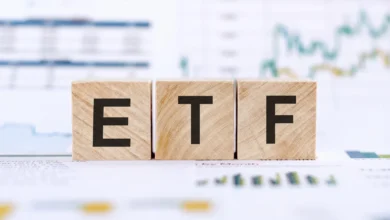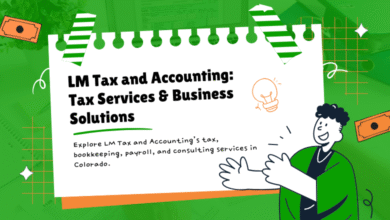
Highinterest debt is the biggest money obligation individuals possess. Low-interest or no-interest debt under favorable terms is manageable, but high-interest debt gets out of hand owing to the overwhelming interest. Recognizing what is high-interest debt is the starting point of becoming financially fit and shunning costly mistakes.
From cash advances to payday loans, this kind of debt will trap consumers in a payment cycle they are unable to break free from. This article gives the highinterest debt a closer examination of the types of high-interest debt, why they are ill, and how to stay away from them or manage them.
What is HighInterest Debt?
Highinterest loan refers to when the interest rate on the loan is significantly higher than the usual market rate, normally 15% to 20% annually. The other payday loan and loan carry extremely high interest of up to 400% or more, and those are most dangerous to the borrower. The higher the interest, the more expensive the loan in the long run, normally financially inflating those who cannot continue paying.
Conventional High-Interest Forms of Debt
1. Credit Card Debt
The most common high-interest debt is your credit card with its 18% to 25% interest. Even your promotional 0% APR credit cards carry a high interest rate on outstanding balances after some promotional time frame, piling on more debt.
2. Payday Loans
Payday loans have incredibly high APRs of as much as 400%. Payday loans are also presented as speedy money but amount to debt pitfalls, where a person borrows in order to settle existing loans.
3. Store Credit Cards and Finance
Certain stores offer branded goods with credit cards with promotions. Whereas, in case of default before the promo date, chances are, there will be fees exceeding 25%, and that would be an expensive method of lending.
4. Subprime Auto Loans
Subprime auto loans are also where most of the bad credit shoppers do their shopping. Subprime auto loans have very, very high interest rates when compared to traditional auto loans and can have interest rates over 15%. That is costly, costly for individuals who have bad credit.
5. Personal Loans for Bad Credit
Banks that offer personal loans to subprime purchasers have high interest, as much as 30% in some cases. Since unsecured personal loans are not collateralized, lenders make up for risk by charging subprime purchasers higher fees.
6. Why is Debt “high interest”?
There are a number of reasons why debt is referred to as high-interest:
- Comparison to Average Rate: Highinterest debt is defined by how much banks and credit unions are charging above average.
- Risk to the Lender: The borrower’s bad credit history, the unsecured loan, or the risky financial habit generally warrant a high interest rate because lenders think in terms of risk.
- Impact of Term on Debt: Certain debts begin with lower interest but increase in size over time and are more expensive in the long run.
Why High-Interest Debt Is Destructive
1. Compounding Interest
Most likely, the most significant risk of high-interest debt is the way that the interest adds up into increasing ever larger amounts of debt. If one pays only the minimum, the interest is tacked onto the current balance, and the debt becomes larger in proportion.
2. Disposable Income
Highinterest debt keeps down the level of disposable income, and it will be hard for someone to save, invest, or have an unexpected expense.
3. Impact on Credit Score
High-interest debt late payments lower credit scores as well, deterring future good loan interest.
4. Breaking Free of the Debt Cycle
Most highinterest debt victims are trapped in a debt borrow cycle that they are unable to escape. Rather than paying less on what they owe, they continue borrowing so that they can merely pay interest-only instalments with real financial freedom no longer their own to command.
Payment Strategies for Getting Rid of High-Interest Debt
Pay High-Interest Debt First
The application of the avalanche strategy, or the paying of the highest priced debt first at the lowest rate of interest, is likely to be the most efficient way to pay the least amount of cumulative interest. This is because the method helps consumers by paying off the most costly debt first and thus saving money in the long term.
Debt consolidation will bring about the eventual repayment of debts and lower fees paid in interest. One can consolidate debt into one easy, lower-interest-bearing payment with less total interest rate through the use of personal loans or balance transfer credit cards with lower interest.
Requesting Improvement in Terms from Lenders
Most lenders would be willing to grant special consideration to needy borrowers. Through better interest or other terms of repayment, individuals can negotiate improved loan terms and lighten their load.
Debt Management Plan Review
Individuals with multiple high-interest loans have debt management agencies intervene and negotiate improved interest rates and more structured payment programs, usually combining multiple payments into one.
Avoid Accumulating More HighInterest Debt
Staying clear of looming economic catastrophes due to future highinterest debt is as important as settling current accounts. Cheap budgeting, prudent spending, and sound credit will keep people clear of looming financial catastrophes.
Alternatives to HighInterest Debt:
1. Low-Interest Personal Loans
Borrowing from a credit union or bank usually involves much lower interest rates than highinterest credit cards or payday loans, and hence they are a superior financing solution for those requiring money.
2. Home Equity Loans for Lower Borrowing Costs
For home owners, home equity loans and home equity lines of credit (HELOCs) are cheaper to borrow than unsecured personal loans, and so represent an attractive option for home owners wishing to consolidate or refinance current debt.
3. 0% APR Credit Cards
Good credit owners can take advantage of 0% APR intro offers, which offer an interval of no-interest opportunity to settle existing debt.
Conclusion
Understanding high-interest debt allows individuals to make intelligent financial decisions. Because most rates are 1520%, high-interest debt quickly gets out of hand unless controlled. Being financially wealthy requires debt to be eliminated first before other means; consider debt consolidation, and do not accept more high-interest debt. Lenders, through being proactive, can step into debt-free and longterm wealth.





